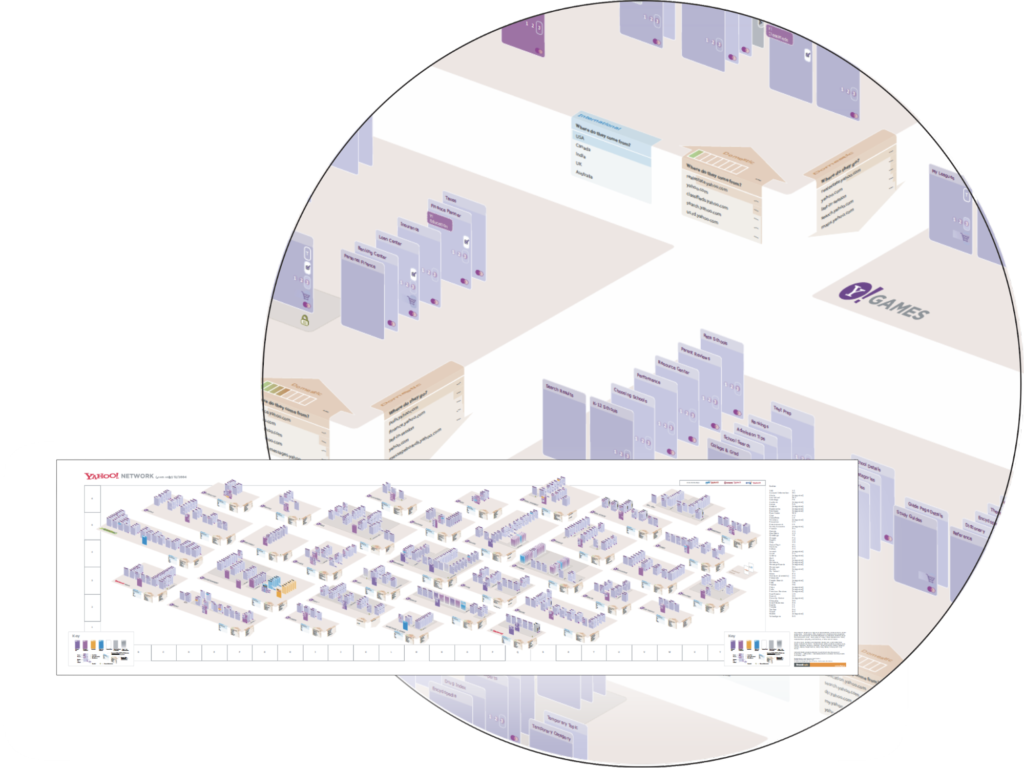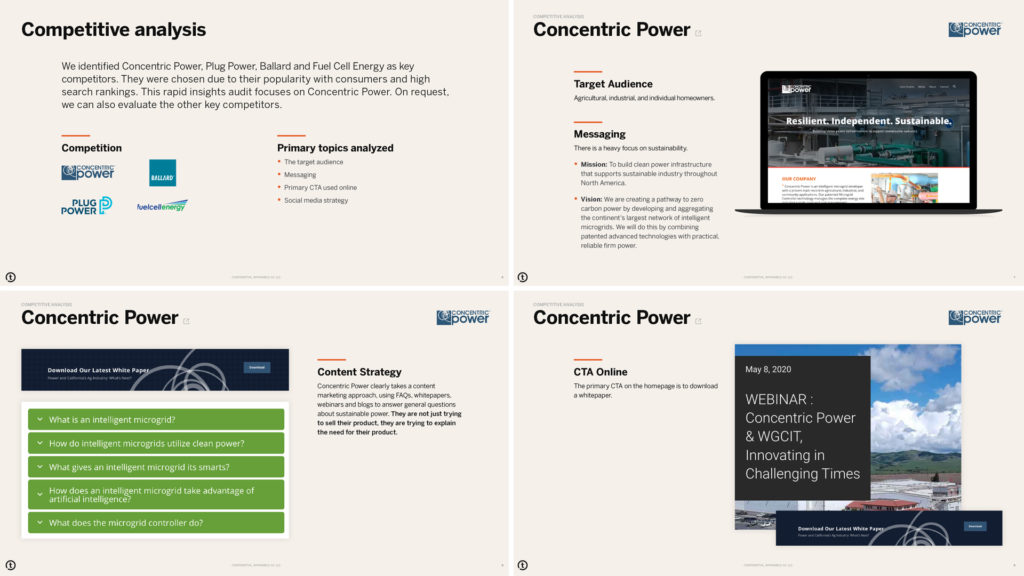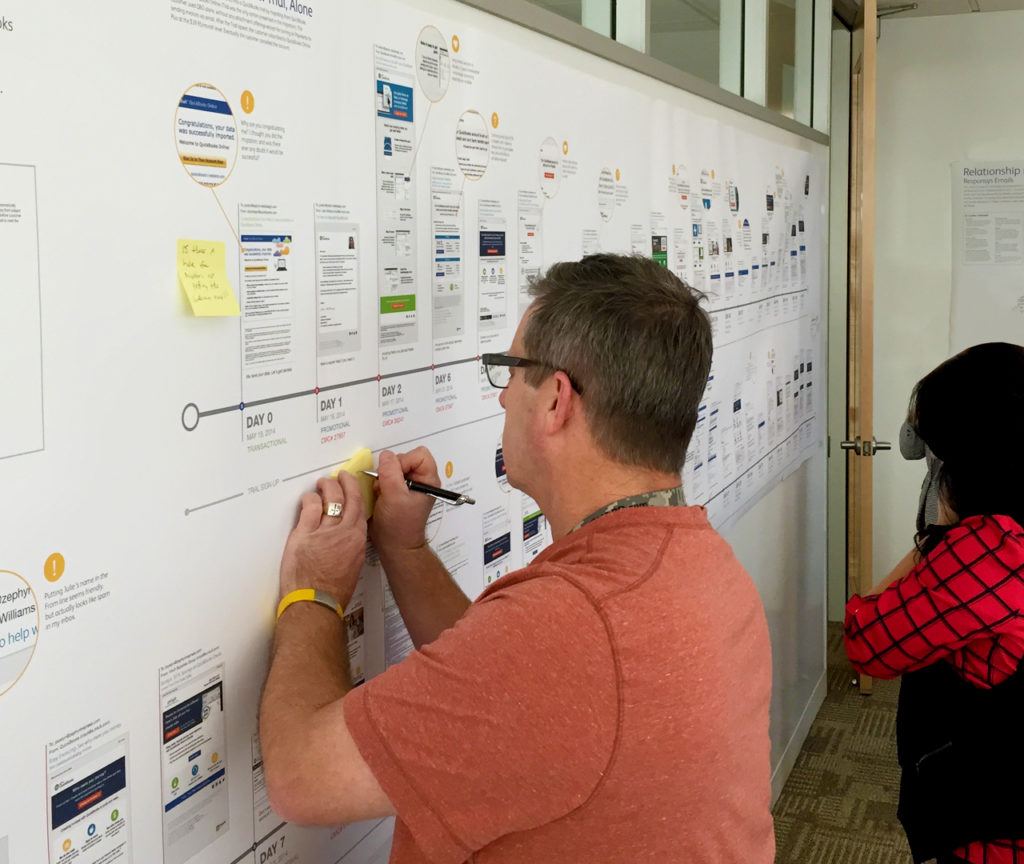One of the things we specialize in here at Tangible is UX audits. We like rolling up our sleeves, opening up the hood, and getting covered in grease, grime, and dirt. When you brush the dust off, it’s amazing what you’ll learn.
Over the years, we’ve done more than 50 audits for our clients. The outputs take many forms—from customer journey maps, to task flows, reports, teardowns, and executive summaries in the form of flow charts, posters, and even clickable websites showing every screen captured. We’ve audited everything from eBay’s entire ecosystem to Yahoo!’s domestic network to Capital One’s small business customer experience.

Audits can focus on any number of things:
- Accessibility
- Email contact experience
- Buying experience
- Customer success or support experience
- Onboarding experience
- Marketing touchpoints
- Product evaluation
- Conversion
- Brand
- Customers’ end-to-end journey
- Your competition
- Or any combination of the above
They can be done by pure pick-and-shovel work—we go through your experience screen by screen and document what’s there. Sometimes, we bring in users and let them guide us to your problem areas through observations or interviews. We can also use data that’s already on hand and help teams interpret what it means. Many audits are a combination of all that. But, one thing all audits have in common is that they show you the world through your customer’s eyes.

Why do a UX audit?
The simple reason our clients undertake an audit is to get better—to improve a UI, to increase conversion or retention, to reduce support calls. Name a problem, an audit can help it. An audit is like problem-finding on steroids.
Our clients use audits to visualize complex networks so they can understand how to work on them. They need their team to understand the bigger picture and to ensure everyone is on the same page. They want to prove to upper management that they need funds to fix a bad experience. They need to understand what priorities their team should focus on for the coming weeks, months, or years. They are starting a new job in a new division and need to understand what the experience landscape is. Or maybe they have been working at a job for a long time and need a wider view.
Roadmaps from pain to delight
Think of an audit as a good roadmap. If you’re going to start a journey to build a better customer experience and a stronger brand, you’d better have a map to get there. Before you start your team on that expensive journey, you have to know where you’re coming from. You have to know the lay of the land. How many mountain ranges are you going to have to get those wagon trains over? What dangers will you face in those mountain passes? Does the Yeti lie in wait? (Does the Yeti even exist??) What’s the percentage chance of an avalanche? Barring complete catastrophe, what will slow you down? What’s the easiest path to your end goal?
Having a solid map—in the form of a UX audit—will help any team on a journey get where they want to be faster, safer, and with the most efficient use of resources.
We offer some guidance for teams who want to get there on their own. But often our clients hire us because they don’t have the expertise or the time to do an audit. Or more importantly, they want an objective, outside team to do it right. We play that unbiased role.
You have a 42-step purchase experience? Your conversion rate dropped from 20% to 2%, and you don’t know why? We’re not going to judge you. We just call it like we see it and provide clear, professional solutions to UX problems.
And don’t forget about auditing your competition. When you look at yourself in the mirror, you’ll most likely see them over your shoulder— they are most likely auditing you as well. A good audit will bring them into focus. When I worked for TurboTax, we audited the competition all the time. We got a lot of ideas from them for A/B tests and we got a lot of inspiration from them to do better for our customers. Don’t underestimate what you can learn from the competition—and how to beat them—by auditing them.

The good, the bad, and the ugly
When we first started doing audits, we were really worried we’d insult our clients when we showed them the raw, unvarnished truth about their customer experiences. If you don’t talk about it the right way, it can be awkward. Some folks are so close to their product that if you do this wrong, it comes off like you’re telling them their baby is ugly. For the record, we love babies. We would never do that!
Some clients make excuses for why an experience is the way it is. That’s only natural. Often there is a legacy reason for everything. But in the end, they know excuses don’t matter to the customer. Luckily, no one has ever challenged us to a steel cage match to fight for the honor of their user experience—or their baby.
The funny thing is, the more we do this, the more we realize our clients like it when we’re utterly ruthless. We are like the boy who yells “But the emperor has no clothes!” and believe it or not our customers love being called out on bad experiences. “Show us the good, the bad, and the ugly—the very ugly!” they say. We’re happy to oblige, because we genuinely care about customer experience—and our clients can tell.
Are we there yet?
We start with the low-hanging fruit. We often create a “just-fix-it list” that includes everything from broken links to misspellings. This is often the most popular part of our presentation. But while the small stuff is definitely important, we’re after the big picture. We want to give you those big fixes that are going to make a world of difference in your customer experience. We engage with internal teams and like to see them get excited about tackling the work it takes to create truly delightful experiences. We love defining a roadmap that everyone can get behind.

In the end, if your company is going to make it through a very competitive landscape of products, it must be the best experience possible – for your customers, for your team, and for your profits. We’re passionate about problem finding through audits and maps. They can be the best investments a team can ever make.
Want to run your own UX audit? Download our free UX Audit Handbook

